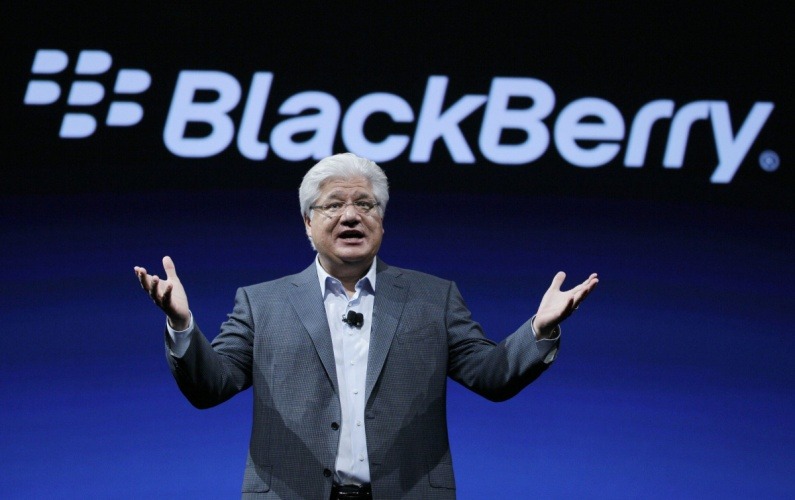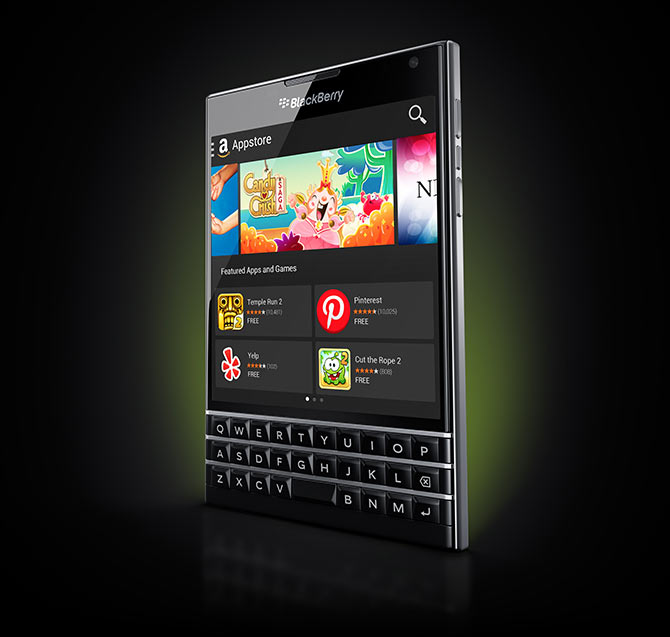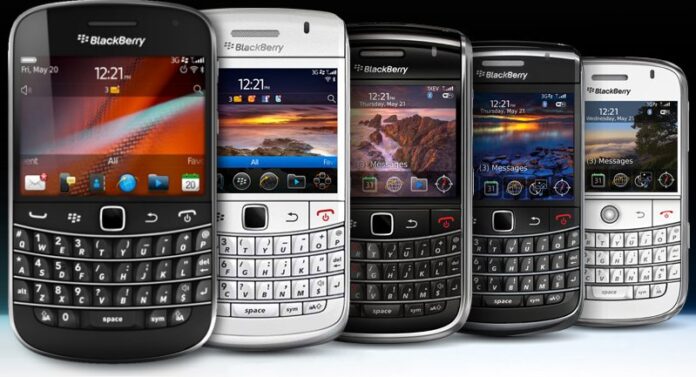An era of mobile telephony comes to an end with the stop of support for the Canadian company’s operating system
BlackBerry raises the white flag and announces the end of its smartphones. The ones that wrote the history of mobile telephony and that now remain only history because their use will no longer be guaranteed. The company founded in 1984 by electrical engineer Mike Lazaridis and known for years as Research in Motion Inc., before changing its name in 2013 to BlackBerry Limited, had already announced that 4 January 2022 would be the last day on which smartphones based on the various versions of BlackBerry OS, no longer updated for some time, would function regularly. From now on, there will be no more security to receive and make calls, including calls to emergency numbers, but also messages, web connection and all other functionalities involving data traffic on mobile networks and WiFi.
All models running BlackBerry OS 7.1 and earlier, as well as BlackBerry 10 and tablets based on BlackBerry PlayBook OS 2.1, will be gradually shut down before a quick total freeze. No shutdown is planned for smartphones running Android, although support for these is also long overdue and the future does not look very bright (in which case it is better to buy a more modern smartphone). BlackBerry’s stop marks the end of an era of mobile phones and the definitive demise of a philosophy based on the reliance on touch and the presence of a physical keyboard.
A concept that created a user base in the corporate and consumer fields, when the email icon that appeared on a small black-and-white screen became a status symbol for managers and entrepreneurs. These were the mid-2000s, the years of BlackBerry’s great success, sharing the growing and flourishing mobile phone market with Nokia. The peak would turn out to be at the same time also the beginning of the descent, begun by the underestimation of the iPhone unveiled to the world by Steve Jobs on 9 January 2007. In Canada (as in Finland) they were convinced that people did not want a touch display and an app-based smartphone. And that was the first in a series of mistakes by BlackBerry (and Nokia too).

Mistakes and inability to change
Realizing late in the day the changes taking place and the importance of services that would extend the use of smartphones, BlackBerry decided to offer a valid alternative to its millions of loyal users, seeking a meeting point between the new needs of users and the peculiarities of the physical keyboard and security systems that have always distinguished the terminals at software level. It is no coincidence that, as well as being widely used in military and law enforcement circles, the BlackBerry was for years the designated smartphone of the President of the United States of America.
There have been many attempts to relaunch the brand, but all have failed, with the advent and dominance of Android wiping out any ambitions of recovery. So much so that not even the launch of models with the little green robot operating system, the first was the BlackBerry Prix in 2015, helped to turn the tide. Not even the TCL management, with the brand under license, proved fruitful, and worse was the last test, with the move to the Texan startup OnwardMobility, which announced the arrival of a new BlackBerry model by 2021, only to miss expectations and never reveal any more details about the project.
Massive losses and the disappearance of BlackBerry from the sales radar, with shares close to zero in the US market, were the final straw, convincing the Canadian company founded in 1984 by electrical engineer Mike Lazaridis to concentrate on the software side, with investments and resources dedicated to cybersecurity, the development of solutions for the management of critical events and the enterprise and government sectors.

What is left of BlackBerry
In the future museum of mobile telephony, however, there will undoubtedly be a number of devices from the Canadian company, which has opened up a new frontier and enabled mobile telephony to take giant steps forward. The first is the BlackBerry 850, a pager announced in 1999 and featuring a scroll wheel. In 2002 came the BlackBerry 5810, a phone with support for GSM networks that allowed users to connect anywhere, regardless of distance, but calls required a headset. With the following BlackBerry 6710 it was finally possible to talk on the phone without a headset thanks to the integrated sound card. The appearance of the BlackBerry Pearl introduced the mini trackball in the middle of the physical keyboard, while with the BlackBerry 8100 came support for a microSD memory card to store files of up to 8GB. However, the most iconic BlackBerry smartphone, thanks to its leather back, was the Bold, the first premium model that would later become a market standard. Another cover model was the BlackBerry Passport, launched in 2014 with an out-of-the-ordinary shape that still makes it instantly recognisable among dozens of smartphones.



